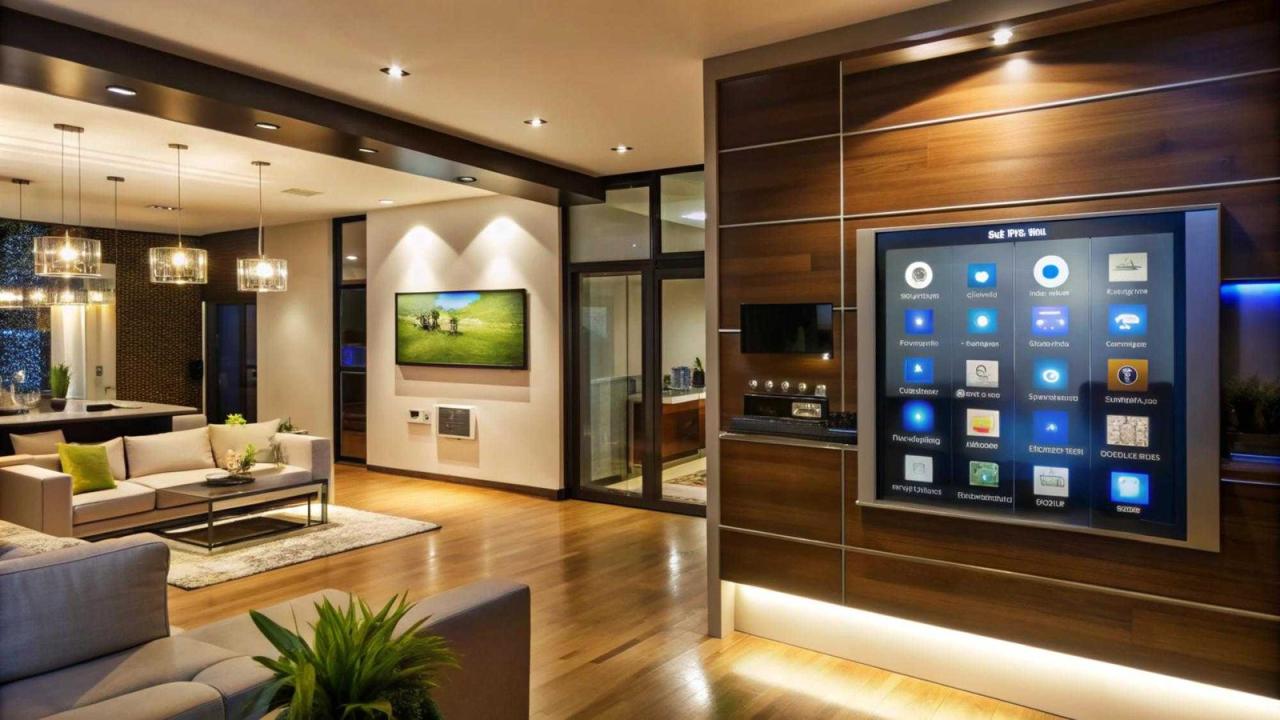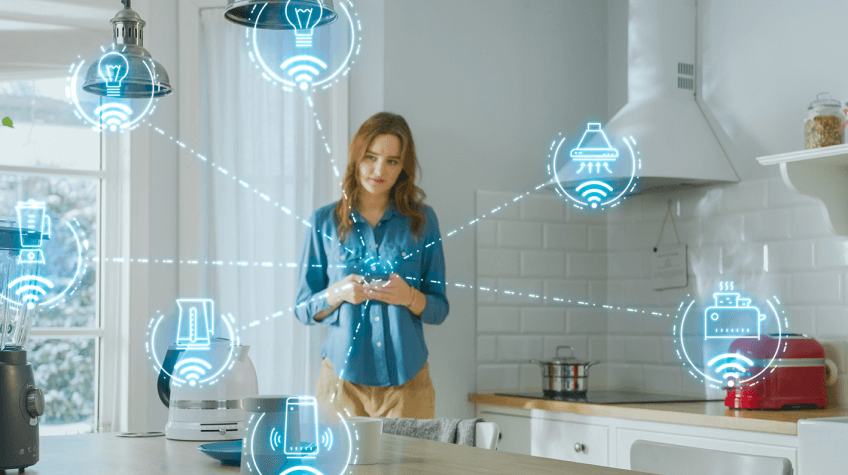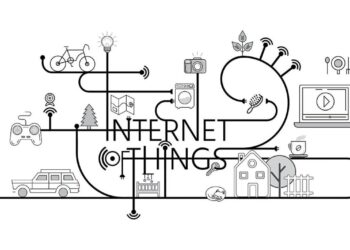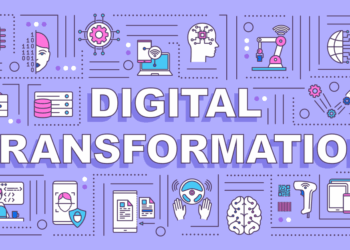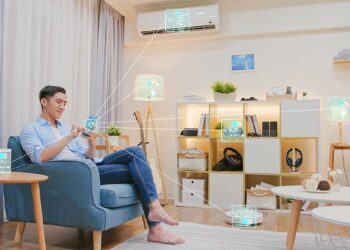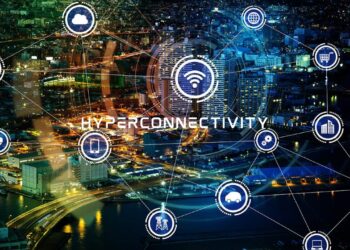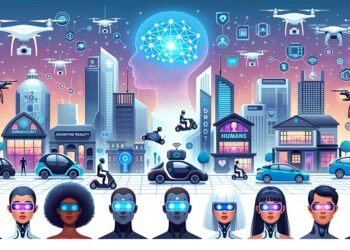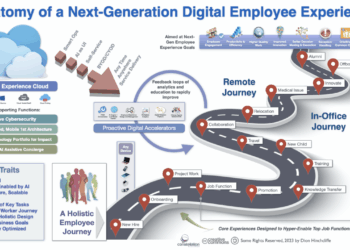
The average home now contains over 25 connected devices, transforming residences into responsive ecosystems that anticipate our needs. This 2,500-word exploration reveals how smart technology is fundamentally altering domestic life, from AI-powered kitchens to self-regulating climate systems, creating homes that are safer, more efficient, and increasingly autonomous.
A. Core Components of Today’s Smart Home
-
Central Nervous Systems
-
Hub devices coordinating entire home networks
-
Cross-platform compatibility solutions
-
Self-learning algorithms that adapt to routines
-
Essential Smart Devices
-
Intelligent thermostats with occupancy detection
-
Adaptive lighting systems that mimic natural rhythms
-
AI-powered security with facial recognition
-
Connectivity Backbone
-
Mesh WiFi networks ensuring full coverage
-
5G-enabled devices for faster response
-
Matter protocol unifying different ecosystems
B. Room-by-Room Transformation
-
Kitchen of the Future
-
Smart refrigerators tracking expiration dates
-
Voice-controlled cooking assistants
-
Automated grocery ordering systems
-
Intelligent Living Spaces
-
Furniture with built-in charging and climate control
-
Wall-mounted control panels with holographic displays
-
Sound systems that follow occupants room-to-room
-
Smart Bedrooms
-
Sleep tracking mattresses with biometric sensors
-
AI-curated white noise and lighting for optimal rest
-
Wake-up routines synchronized with circadian rhythms
C. Energy and Resource Management
-
Efficiency Innovations
-
Real-time energy consumption dashboards
-
Solar integration with smart battery systems
-
Appliance usage optimization algorithms
-
Water Conservation Tech
-
Leak detection with automatic shutoff
-
Usage pattern analysis for savings
-
Greywater recycling automation
-
Sustainable Living Features
-
Smart windows adjusting tint for temperature control
-
AI-powered gardening systems
-
Compost monitoring devices
D. Security and Safety Evolution
-
Next-Gen Protection
-
Facial recognition entry systems
-
Package theft prevention technology
-
Emergency response integration
-
Health Monitoring
-
Air quality sensors with automatic purification
-
Fall detection for elderly residents
-
Medical alert systems with voice activation
-
Disaster Preparedness
-
Earthquake early warning integration
-
Fire prevention and suppression systems
-
Flood detection networks
E. Lifestyle Enhancement Technologies
-
Entertainment Systems
-
Voice-controlled media centers
-
Immersive home theater setups
-
Personalized content recommendation engines
-
Convenience Features
-
Robotic cleaning assistants
-
Automated pet care systems
-
Smart laundry solutions
-
Productivity Boosters
-
AI-powered home office setups
-
Noise-canceling environment control
-
Virtual assistant integration
F. Implementation Considerations
-
Installation Options
-
DIY smart home kits
-
Professional integration services
-
Rental-friendly solutions
-
Budgeting Strategies
-
Entry-level starter systems
-
Mid-range comprehensive setups
-
Luxury whole-home automation
-
Maintenance Requirements
-
Software update management
-
Device compatibility checks
-
Troubleshooting protocols
G. Future Trends (2024-2030)
-
Emerging Technologies
-
Self-repairing smart materials
-
Holographic interface systems
-
Biometric environment adaptation
-
Integration Developments
-
Vehicle-to-home connectivity
-
Neighborhood energy sharing
-
Community-wide automation networks
-
Advanced AI Applications
-
Predictive habit formation
-
Emotional state recognition
-
Autonomous decision-making
H. Challenges and Solutions
-
Privacy Concerns
-
Data encryption methods
-
Local processing alternatives
-
User control protocols
-
Technical Issues
-
Interoperability solutions
-
Backup system requirements
-
Cybersecurity measures
-
Adoption Barriers
-
Cost reduction strategies
-
User education initiatives
-
Accessibility improvements
Conclusion: Embracing the Smart Home Era
As residential technology continues its rapid evolution, smart homes are transitioning from luxury to necessity. The coming decade will see living spaces become increasingly responsive and personalized, fundamentally changing our relationship with our environments. By understanding current capabilities and future trajectories, homeowners can make informed decisions about adopting these transformative technologies.
Tags: smart home, home automation, IoT devices, AI technology, future homes, connected living, home security, energy efficiency, smart devices, home technology




